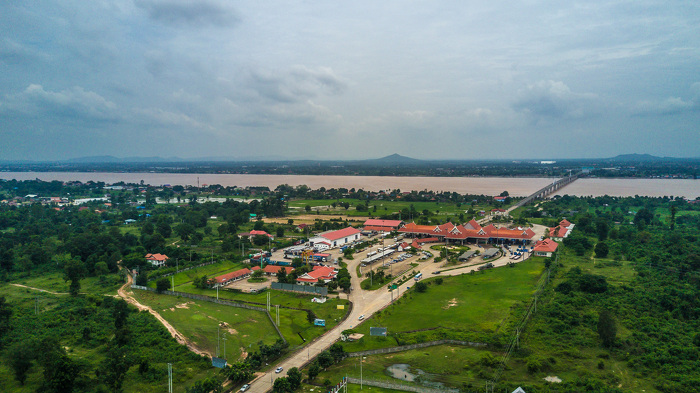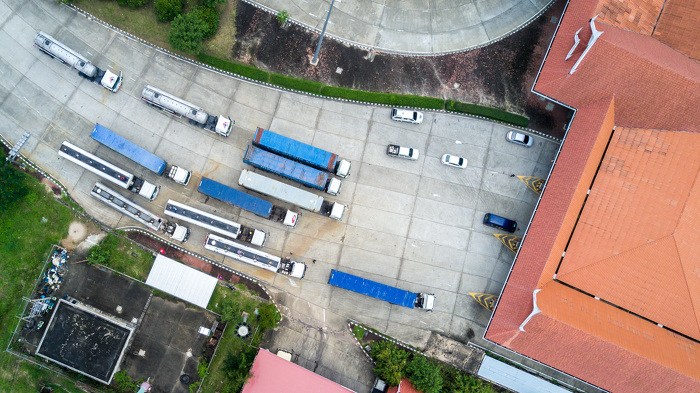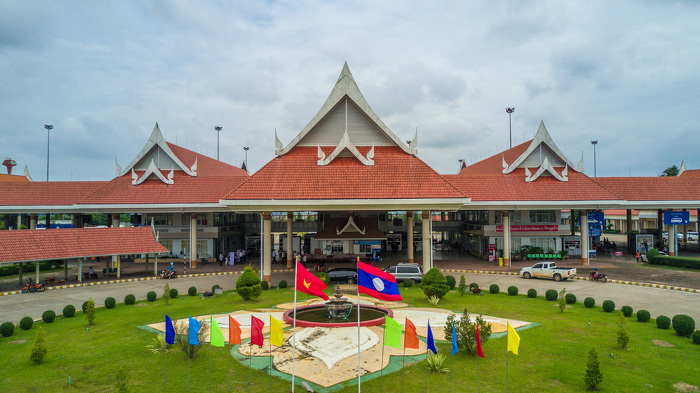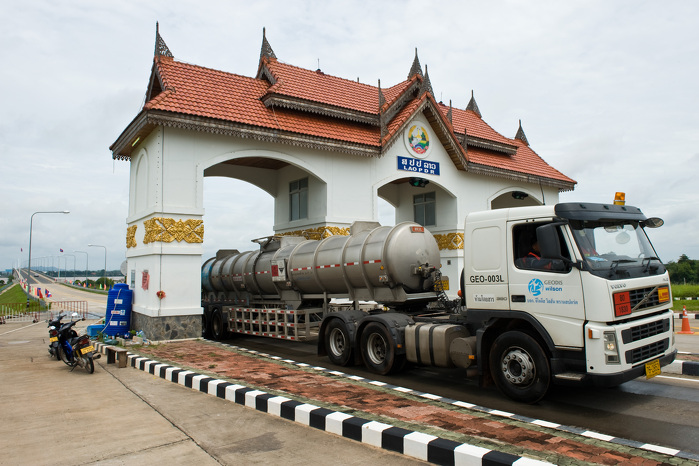Greater Mekong Subregion Preinvestment Study for the East-West Economic Corridor
Details
Funding
Project Description
The Greater Mekong Subregion (GMS) countries launched the GMS economic cooperation program in 1992, with the aim to promote closer economic ties in the subregion by removing both structural and non-structural constraints for cooperation. The GMS program in its early phases made great efforts in reducing the physical constraints that impeded cooperation. Gradually the GMS program expanded its efforts to go beyond promoting the physical linkage. At the Eighth GMS Ministerial Meeting in Manila in 1998, the GMS program formally adopted the concept of developing economic corridors. The economic corridor approach emphasized the promotion of economic linkages in the development of an area that may span across sectoral and administrative boundaries. The emphasis on economic corridor development was to ensure that road infrastructure improvements would have the best possible positive spill-over impacts on human and economic development in the geographic area adjacent to the road infrastructure. The East West Economic Corridor (EWEC) was one of these economic corridors, connecting from the South China Sea in the east to the Andaman Sea in the west. The RETA was intended to prepare a Preinvestment Study to facilitate the transformation of the East West Transport Corridor into a full-fledged economic corridor.
Progress (as of March 2021)
Project closedContacts
| Contact 1 | |
| Contact Name | |
|---|---|
| Organization | |
| Contact 2 | |
| Contact Name | - |
| Organization | - |
| - | |












